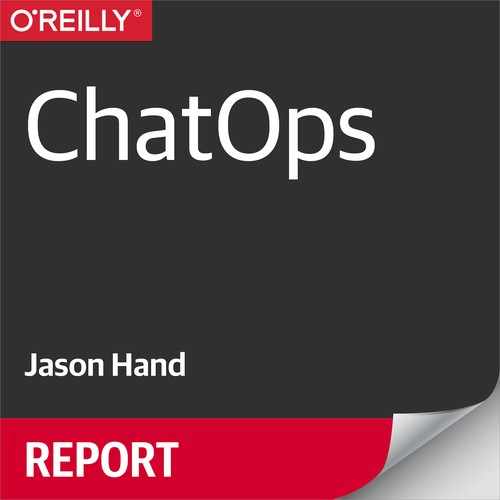Chapter 10. The Convergence of Conversation, Context, and Action
As teams begin to move much more of their daily work into group chat, a convergence takes shape. Not only are team members able to gain insight into what is going on in other areas of the department or organization (whether they absolutely need to or not), but they are sharing more about their own actions and conversations for others to add to their ongoing and shifting snapshots of the situation. This increased awareness helps make the pulse of daily actions available to everyone.
It’s not uncommon for organizations to use a chat tool for quick messages to team members, on topics that don’t warrant the time and effort required for correspondence via email. In most cases, these conversations are unintentionally, yet actively, isolated from the rest of the team. Collaboration over a topic is difficult or impossible, simply because the tool in use or the culture of the teams and organizations in question do not facilitate it.
More Informed, Responsive, and Efficient
Chat applications and services have been around for quite some time, and teams within many organizations use them and, in some cases, chatbots to take tedious and repetitive tasks off of their plates. In many cases, a question such as “When am I on call next?” can be asked and responded to through a bot and API interaction in a fraction of the time it takes an operator to track down the information. Serious work that requires more attention and cognitive load can then be given the time it requires, allowing teams to focus on and put more effort into learning, improving, and innovating.
Many of the ideas and principles that are labeled as “ChatOps” have been around for quite some time. The standard protocol known as Internet Relay Chat (IRC) has been leveraged since 1988 and is still being used today by companies for their own internal group communication. Although private conversations are still popular amongst users of IRC and modern persistent group chat tools, the group “rooms” or “channels” are where most conversations take place.
Real-Time Awareness
There’s a good reason for this. The conversations, related context, and actions taken by team members are all captured in real time for everyone to see. By pulling all of this information about what is taking place and how, along with the results, into a single interface, teams are able to realize multiple levels of benefits. Because everything is captured in one place, institutional knowledge is disseminated across the team. A greater awareness is provided to all who are part of the chat room. Actions and conversations are logged, creating a real-time log of what took place while also detailing critical information needed for postmortems, retrospectives, or learning reviews.
When teams begin to take actions and move all of the related context to within a shared interface, organizations begin to see real traction and velocity in their efforts to become highly effective and cross-functional. It’s through this convergence that more and more are able to get a pulse on what is taking place outside of their own responsibilities. And it’s through this behavior that we begin to see those artificially isolated conversations begin to move back into a common space where a larger number of people can not only take part, but also synchronize their awareness on exactly what is taking place, how it was accomplished, and what the result is.
